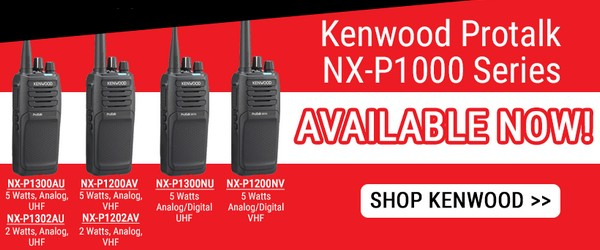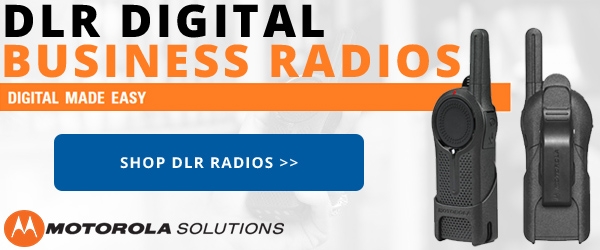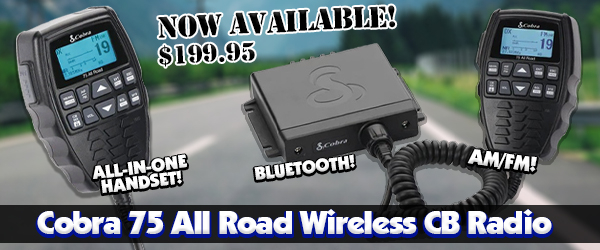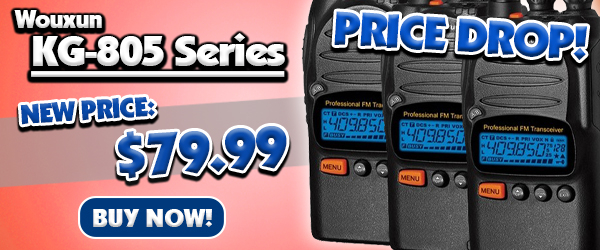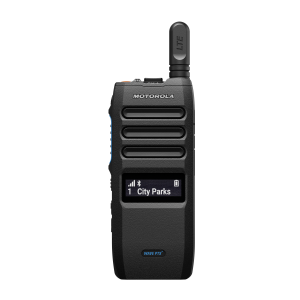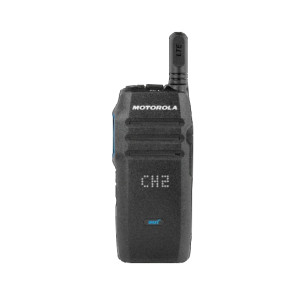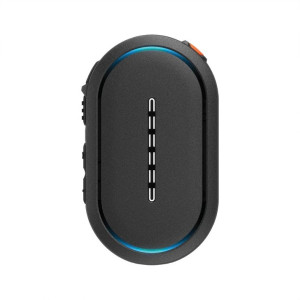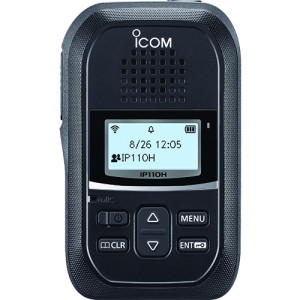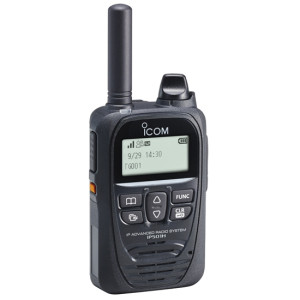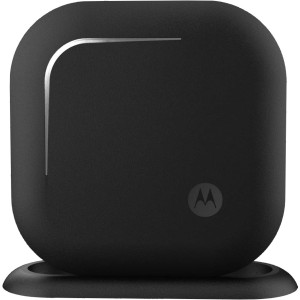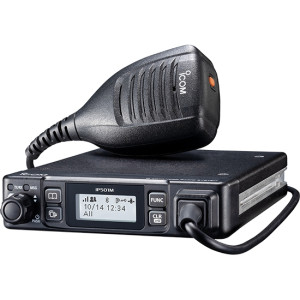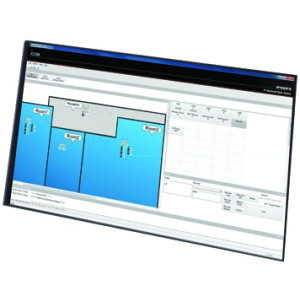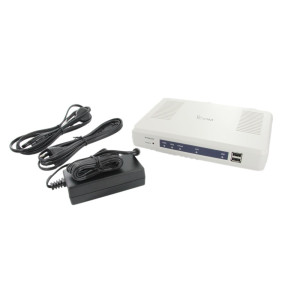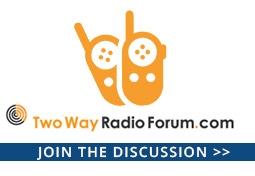Radios in this category often work like traditional radios, at least in a basic sense, but that's where the similarities end. These radios don't communicate directly from one unit to another like a regular walkie talkie would. They aren't really even radios. These are network devices that are built to act like a two way radio. This gives them some considerable advantages over conventional two way radios. Range is no longer an issue - your radios work anywhere your network reaches. Power isn't as much of an issue, so the devices can be smaller, lighter, and still have long battery life. Features that are difficult to pull off when you are limited by frequencies, such as full duplex communications (where you're not limited to one party talking at a time) are standard. A FCC radio license is not required. Here is more about each specific type of radio.
IP or WiFi Radios act like two way radios, but connect through a wireless internet connection. The range of these radios is limited only by the extent of your computer network - if you have two offices, radios from one office could talk to the other as long as they are on the same network, even if the offices are thousands of miles apart. Another advantage to IP radios is their ease of deployment and configuration. Most medium to large companies already have IT departments, which will feel right at home with these products. IP radios require a controller, which is connected to the same network as the radios. The controller is configured through a web interface and defines talk groups and allows configuration of radio settings. IP radios are a great choice for businesses using radios in fixed locations where they control the wireless network.
LTE Radios act like two way radios, but connect through a cell phone (3G or LTE) network. The advantage of this is that your radios work anywhere that cell phone coverage exists, which is essentially nationwide. These radios will solve almost any range problem without the hassle of installing your own repeater system or the expense of leasing time on existing systems. These radios require LTE service, which will require a monthly fee per radio. LTE radios are generally configured by us before they are shipped, so they work right out of the box. There is no controller required. These radios are great for those looking for the longest range and the easiest setup. They're perfect for those frequently on the go, and ideal for companies operating vehicle fleets.

